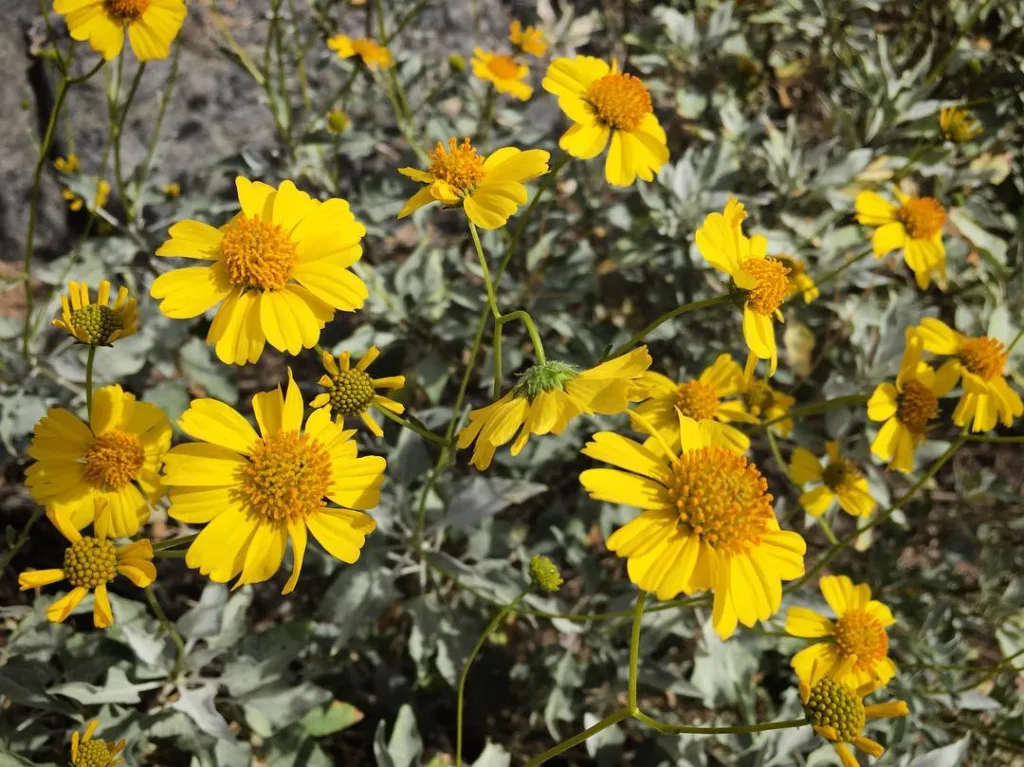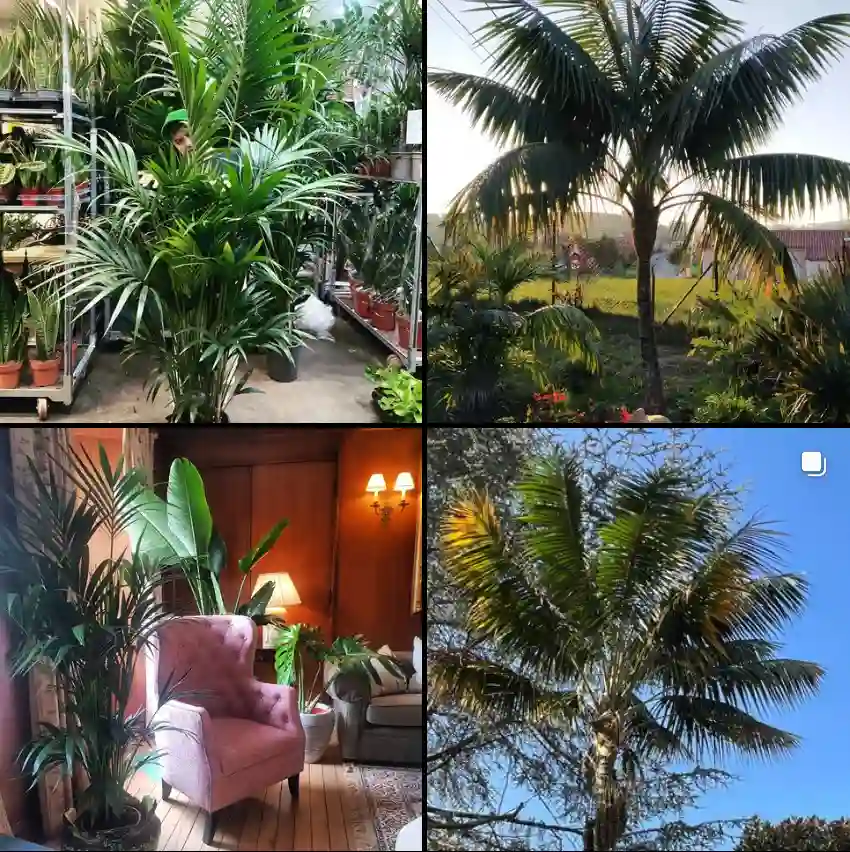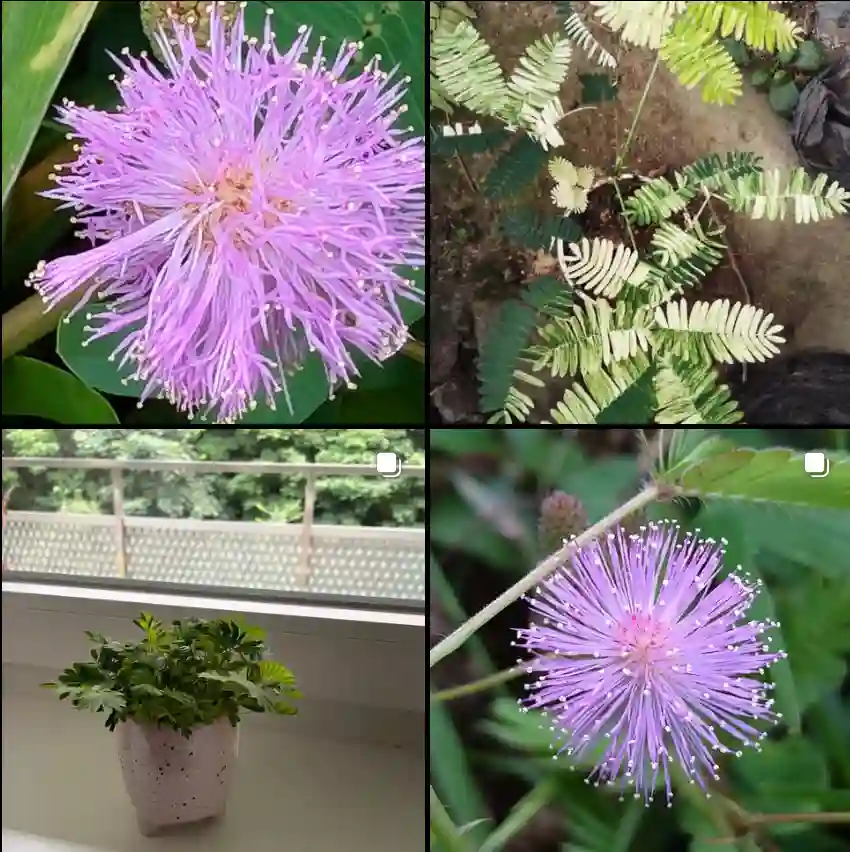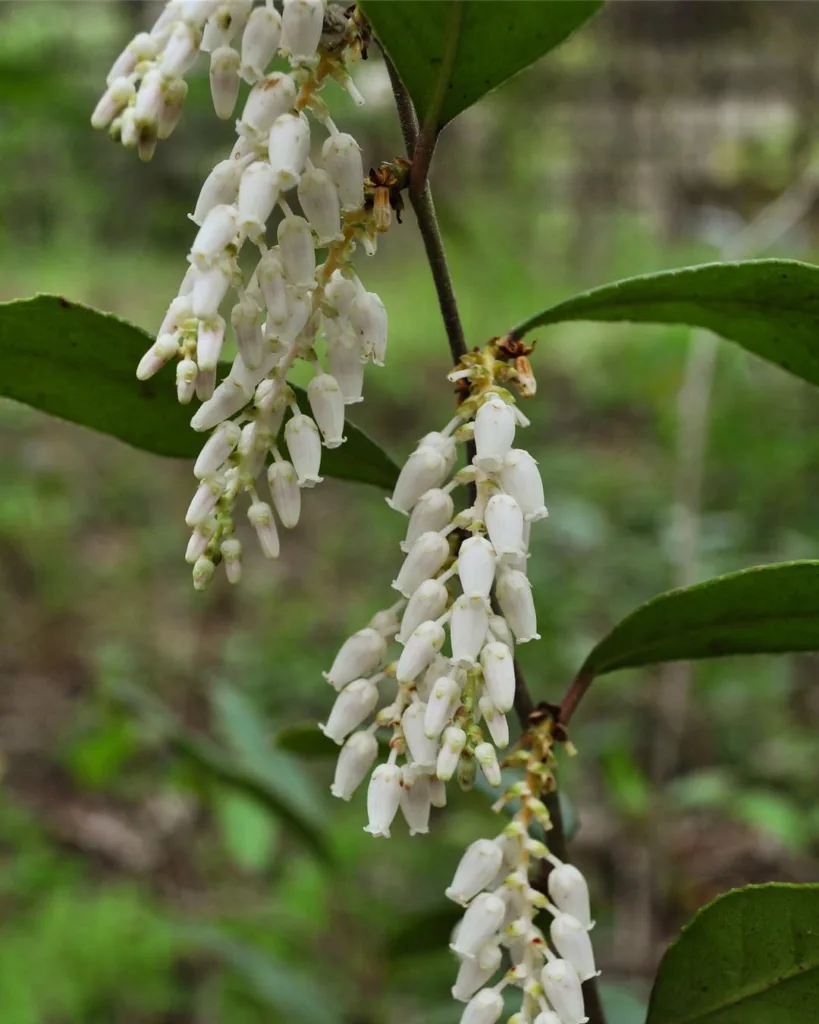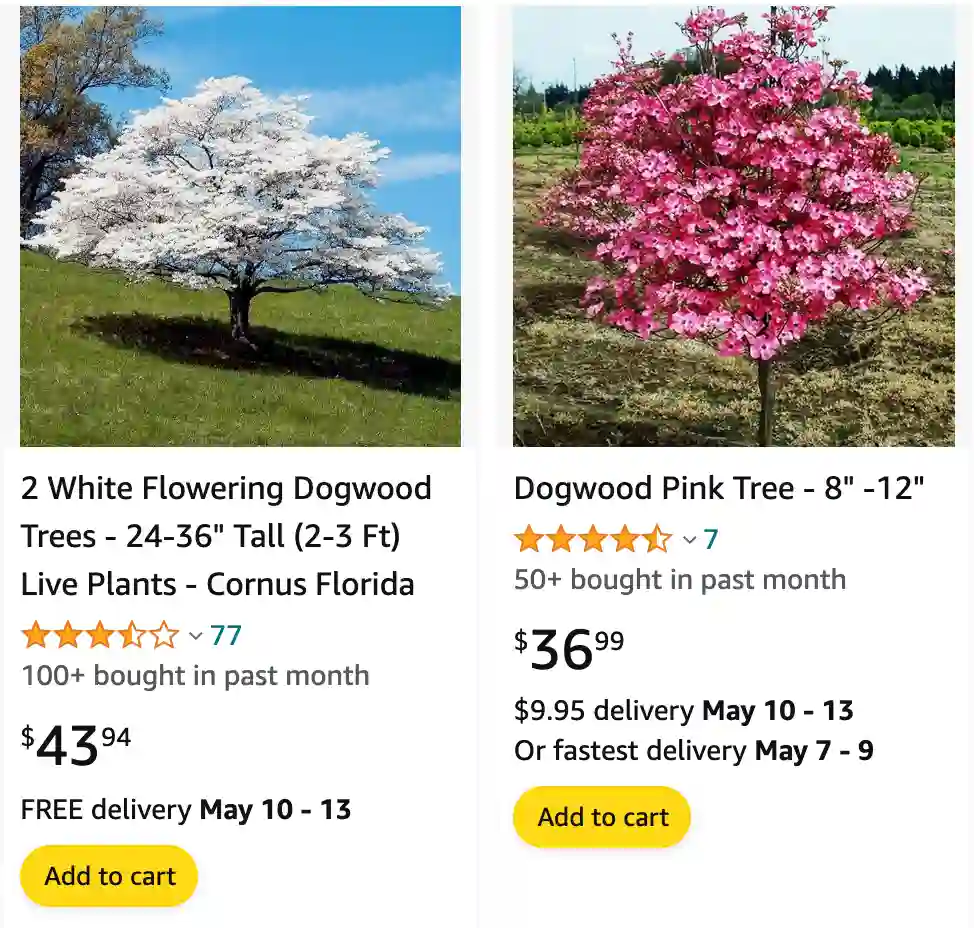
November 24 – Cornus
"Cornus, the dogwood tree, represents November 24."
Cornus symbolizes endurance and beauty. You gracefully endure through challenges and emerge with renewed strength. Like its flowering branches, you bring beauty and serenity to the world.
Dogwoods: A Lifelong Fascination
The world of plants has always captivated me. Their diversity, resilience, and sheer beauty never cease to amaze. But among the countless genera that grace our planet, one holds a special place in my heart, the dogwoods – Cornus from the Cornaceae family.
From the moment I first encountered a flowering dogwood (Cornus florida) in full bloom, I was smitten. The delicate bracts, often mistaken for petals, formed a snowy canopy above the tree’s branches, creating an ethereal spectacle. It was like stumbling upon a hidden fairy glen in the middle of the woods.
That encounter sparked a lifelong fascination with dogwoods. I began to seek them out in parks, gardens, and arboretums, eager to learn everything I could about these remarkable plants. I was drawn to their versatility, their ability to thrive in diverse environments, from woodlands to wetlands. I admired their resilience, their capacity to endure harsh winters and scorching summers. And I was captivated by their beauty, which manifested in a variety of forms, from the showy bracts of the flowering dogwood to the vibrant stems of the red twig dogwood (Cornus sericea).
A Diverse Genus
Over the years, I’ve come to appreciate the sheer diversity of the Cornus genus. It encompasses a wide range of species, each with its own unique characteristics. Some, like the Cornelian cherry (Cornus mas), are valued for their edible fruits. Others, like the pagoda dogwood (Cornus alternifolia), are prized for their ornamental foliage. And still others, like the bunchberry (Cornus canadensis), are admired for their delicate groundcover habit. Here are:
- Cornus × acadiensis Fernald
- Cornus alba L. Plant FAQs: Cornus Alba – White Dogwood
- Cornus alternifolia L.f. Plant FAQs: Cornus Alternifolia – Pagoda Dogwood
- Cornus amomum Mill. Plant FAQs: Cornus Amomum
- Cornus × arnoldiana Rehder
- Cornus asperifolia Michx.
- Cornus austrosinensis W.P.Fang & W.K.Hu
- Cornus bretschneideri L.Henry
- Cornus canadensis L. Plant FAQs: Cornus Canadensis – Bunchberry
- Cornus capitata Wall. Plant FAQs: Cornus Capitata – Himalayan Strawberry Tree
- Cornus chinensis Wangerin
- Cornus controversa Hemsl. Plant FAQs: Cornus Controversa
- Cornus darvasica (Pojark.) Pilip.
- Cornus disciflora Moc. & Sessé ex DC.
- Cornus drummondii C.A.Mey. Plant FAQs: Cornus Drummondii – Roughleaf Dogwood
- Cornus excelsa Kunth
- Cornus eydeana Q.Y.Xiang & Y.M.Shui
- Cornus florida L. Plant FAQs: Cornus Florida – Flowering Dogwood
- Cornus foemina Mill.
- Cornus × friedlanderi W.H.Wagner
- Cornus glabrata Benth.
- Cornus hemsleyi C.K.Schneid. & Wangerin
- Cornus hongkongensis Hemsl.
- Cornus iberica Woronow
- Cornus koehneana Wangerin
- Cornus kousa Bürger ex Hance
- Cornus × lepagei Gervais & Blondeau
- Cornus macrophylla Wall.
- Cornus mas L. Plant FAQs: Cornus Mas – Cornelian Cherry
- Cornus meyeri (Pojark.) Pilip.
- Cornus multinervosa (Pojark.) Q.Y.Xiang
- Cornus nuttallii Audubon ex Torr. & A.Gray Plant FAQs: Cornus Nuttallii – Pacific Dogwood
- Cornus obliqua Raf.
- Cornus oblonga Wall.
- Cornus officinalis Siebold & Zucc. Plant FAQs: Cornus Officinalis – Japanese Dogwood – Cornelian Cherry
- Cornus oligophlebia Merr.
- Cornus papillosa W.P.Fang & W.K.Hu
- Cornus parviflora S.S.Chien
- Cornus peruviana J.F.Macbr.
- Cornus quinquenervis Franch.
- Cornus racemosa Lam. Plant FAQs: Cornus Racemosa – Gray Dogwood
- Cornus rugosa Lam.
- Cornus sanguinea L. Plant FAQs: Cornus Sanguinea
- Cornus schindleri Wangerin
- Cornus sericea L.
- Cornus sessilis Torr.
- Cornus × slavinii Rehder
- Cornus suecica L.
- Cornus sunhangii T.Deng, Z.Y.Lv & Zhi M.Li
- Cornus torreyi S.Watson
- Cornus ulotricha C.K.Schneid. & Wangerin
- Cornus unalaschkensis Ledeb.
- Cornus volkensii Harms
- Cornus walteri Wangerin Plant FAQs: Cornus Walteri
- Cornus wardiana Rushforth & Wahlsteen
- Cornus wilsoniana Wangerin
Why does mistletoe grow on a dogwood tree?
Mistletoe grows on dogwood trees because it’s a parasitic plant that thrives on the branches of certain host trees, and dogwoods happen to be one of those hosts. I remember noticing it on our dogwood tree one winter and being fascinated by how it seemed to cling to the branches, almost like a secret adornment. It was like nature had its own way of decorating the trees for the holiday season. While it may seem odd to see mistletoe on a dogwood, it’s just a part of the intricate web of relationships that exist in the natural world, where plants and trees interact in ways we might not always expect.
When is dogwood winter?
Dogwood winter usually occurs in early to mid-spring, typically around the time when dogwood trees are in bloom. I remember experiencing it firsthand one April when the weather suddenly turned chilly after a stretch of warm days. It’s like a final reminder from winter that it’s not quite ready to let go yet, but it’s also a signal that spring is firmly on its way. The term “dogwood winter” reflects this phenomenon, as it’s often associated with the blooming of dogwood trees, marking a transitional period between the colder winter months and the warmer days of spring.
Do deer eat dogwood trees?
Yes, deer can indeed eat dogwood trees, especially when other food sources are scarce. I’ve witnessed deer grazing on the leaves and tender shoots of dogwood trees in our yard during times when vegetation is limited, like in late winter or early spring. It’s a bit disheartening to see the damage they can cause, especially since dogwoods are such beautiful and beloved trees. However, it’s also a reminder of the delicate balance in nature and the need for coexistence with wildlife, even when they occasionally nibble on our favorite plants.
Are Japanese dogwood berries edible?
Japanese dogwood berries, also known as Kousa dogwood berries, are technically edible for humans, but they’re not typically consumed in large quantities. I’ve tried them myself, and while they have a sweet and slightly tangy flavor, they’re not particularly remarkable in taste. Some people use them in jams or jellies, or occasionally in baked goods, but they’re not as commonly eaten as other types of berries. It’s worth noting that the seeds within the berries are not edible and should be avoided, as they contain small amounts of toxins. Overall, while Japanese dogwood berries are technically edible, they’re not a popular or widely consumed fruit compared to others like strawberries or blueberries.
Can you eat dogwood fruit? Can you eat Kousa dogwood fruit?
Yes, you can eat the fruit of certain dogwood species, including the Kousa dogwood (Cornus Kousa). Kousa dogwood fruit is generally safe to eat when fully ripe, although it’s essential to ensure that the fruit is mature before consumption. When ripe, Kousa dogwood fruit has a sweet and tropical flavor with a custard-like texture. However, not all dogwood species produce edible fruit, and some may even be toxic. It’s crucial to positively identify the species and verify that the fruit is safe for consumption before eating it. Overall, while Kousa dogwood fruit is edible and can be enjoyed in moderation, caution should be exercised, especially when foraging for wild fruits.
Are dogwood trees poisonous to dogs?
Yes, dogwood trees are generally not considered toxic to dogs. While the berries of some dogwood species may cause mild gastrointestinal upset if ingested in large quantities, they are not typically considered harmful to dogs. However, it’s always a good idea to monitor your dog and discourage them from eating any unfamiliar plants or berries, as individual sensitivities can vary. Additionally, certain pesticides or fertilizers applied to dogwood trees could potentially be harmful to dogs if ingested, so it’s essential to keep pets away from treated areas. Overall, while dogwood trees themselves are not considered poisonous to dogs, it’s still important to practice caution and supervision to ensure your pet’s safety.
How to propagate dogwood?
Propagating dogwood trees can be done through several methods, including seeds, cuttings, and layering. One common method is through softwood cuttings taken in early summer. To do this, select healthy, young stems and cut them into sections about 4-6 inches long, ensuring each cutting has at least one set of leaves. Remove any leaves from the bottom half of the cutting and dip the cut end in rooting hormone. Plant the cuttings in a well-draining potting mix, keeping them moist and in a warm, bright location. Over time, roots should develop, and once established, the cuttings can be transplanted into the garden. Another method is to propagate from seeds, which can be collected from ripe berries in the fall, cleaned, and sown in containers filled with a mix of peat moss and sand. Keep the soil consistently moist and place the containers in a cool location for the winter. Germination may take several months, but once seedlings have developed, they can be transplanted outdoors when they are large enough. Layering is another option, where a low-growing branch is bent down to the ground and covered with soil, allowing it to root over time before severing it from the parent plant and transplanting it elsewhere. Each method has its own challenges and timelines, but with patience and care, propagating dogwood trees can be a rewarding endeavor.
When to prune a dogwood shrub?
Pruning timing for dogwood shrubs depends on the specific type of dogwood and your goals for pruning. Generally, it’s best to prune dogwood shrubs in late winter or early spring while they are still dormant. This timing allows for the removal of dead, damaged, or diseased branches before new growth begins in the spring. Additionally, you can also shape the shrub or remove any unwanted growth during this time. However, if your dogwood shrub blooms in early spring, such as the flowering varieties, it’s advisable to prune immediately after flowering to avoid cutting off next year’s flower buds. Always use sharp, clean tools when pruning, and remember to step back periodically to assess the shrub’s shape and overall health as you prune.
When is the best time to plant a dogwood tree?
The best time to plant a dogwood tree is typically in the late fall or early spring, while the tree is dormant. In regions with mild climates, planting in the fall allows the tree to establish its root system before the onset of winter, giving it a head start for growth in the spring. In colder climates, planting in the spring after the last frost is often recommended to avoid exposing the young tree to harsh winter conditions. Regardless of the time of year, it’s essential to choose a location with well-drained soil and adequate sunlight for the specific type of dogwood you’re planting. Additionally, be sure to water the tree regularly, especially during the first year after planting, to help it establish healthy roots.
When to fertilize dogwood trees?
Fertilizing dogwood trees is typically done in early spring, just before new growth begins. This timing allows the tree to benefit from the nutrients in the fertilizer as it starts its active growing season. Use a balanced, slow-release fertilizer formulated for trees and shrubs, and follow the manufacturer’s instructions for application rates. Avoid fertilizing dogwood trees in late summer or early fall, as this can stimulate new growth that may not harden off before winter, increasing the risk of cold damage. Additionally, be mindful not to over-fertilize, as this can harm the tree and lead to excessive vegetative growth at the expense of flower and fruit production.
Can you cut the top off a dogwood tree?
Cutting the top off a dogwood tree, a practice known as “topping,” is generally not recommended. Dogwood trees have a natural growth habit and pruning them in this manner can lead to various issues. Topping can result in the growth of weak, poorly attached branches, which are more susceptible to breakage in storms. It can also stimulate vigorous regrowth of new branches, which may be unsightly and detract from the tree’s natural form. Instead of topping, it’s better to selectively prune branches to maintain the tree’s health, shape, and structure. If the tree has outgrown its space or is causing issues, it may be best to consider other alternatives such as transplanting or replacing the tree with a more suitable species. Always consult with a certified arborist or tree care professional before making significant pruning decisions to ensure the tree’s long-term health and vitality.
Do dogwood trees grow in Israel?
While the native range of dogwood trees (Cornus species) does not typically include Israel, some species of dogwood can potentially grow in the region under certain conditions. Dogwood trees are native to various parts of North America, Europe, and Asia, where they thrive in temperate climates with well-drained soil and moderate moisture. However, some cultivated varieties, such as the Kousa dogwood (Cornus Kousa), are known for their adaptability and may be suitable for cultivation in parts of Israel with similar climate conditions. Additionally, climate change and human cultivation practices can sometimes expand the range of certain plant species beyond their native habitats. Therefore, while dogwood trees may not be widespread in Israel, it’s possible that they could be cultivated in specific locations with appropriate care and environmental conditions.
Does dogwood smell bad?
Dogwood trees, particularly when in bloom, are not typically known for having a strong or unpleasant odor. In fact, many people find the flowers of dogwood trees to be quite pleasant, with a delicate, sweet fragrance. However, scent perception can vary from person to person, and individual experiences may differ. Additionally, there are different species and cultivars of dogwood trees, each with its own unique characteristics, so it’s possible that some varieties may have a scent that some people find unpleasant. Overall, though, dogwood trees are generally appreciated for their attractive flowers and are not commonly associated with a bad smell.
Is dogwood good firewood?
Dogwood is considered excellent firewood due to its high density and slow-burning properties. It produces a hot, long-lasting flame and generates a significant amount of heat when burned, making it a popular choice for firewood. Additionally, dogwood tends to burn cleanly with minimal smoke and produces little ash residue, which can make cleanup easier. However, dogwood can be challenging to split due to its dense nature, so using a sharp axe or a powerful log splitter may be necessary. Overall, dogwood is valued as a reliable and efficient firewood choice for heating purposes.
Are dogwood trees fast growing?
Dogwood trees are generally considered to be slow to moderate growers, especially when compared to some other tree species. While individual growth rates can vary depending on factors such as species, environmental conditions, and care, dogwoods typically grow at a relatively slow pace compared to faster-growing trees like maples or willows. It’s common for dogwood trees to take several years to reach their mature height and spread, with growth rates averaging around 1 to 2 feet per year under optimal conditions. Despite their slower growth rate, dogwood trees are valued for their ornamental beauty, distinctive flowers, and attractive foliage, making them a popular choice for landscaping and ornamental planting.
If i die, water my plants!
